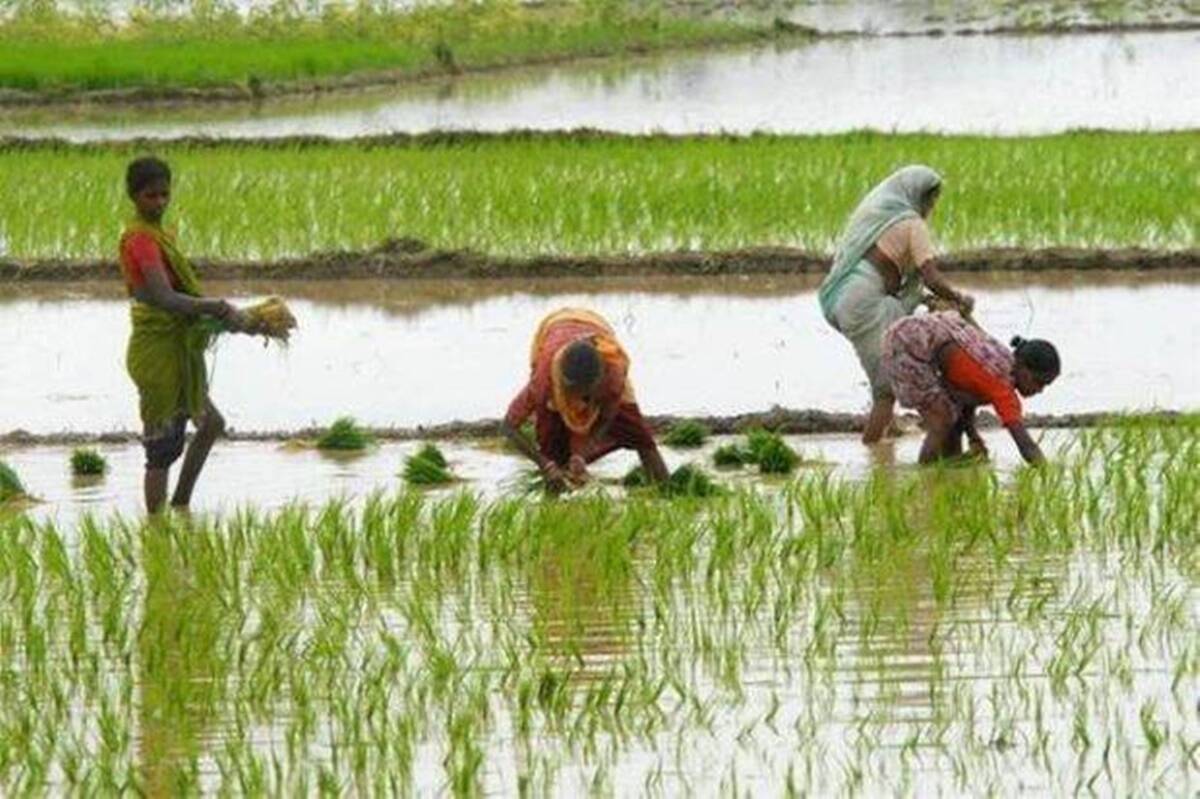As unseasonal rains hit the coastal area of Maharashtra, farmers growing paddy have started plowing their farms. Vasudev Koyande from Mangaon village in Sindhudurg district contacted Sachin Digaskar, a person from the same village who owns a motorized trailer. But Koyande was shocked when Digaskar told him about the latest rental rates for the motorized trailer.
“Last year he rented the motorized trailer for Rs 200/hour. All the plowing was done for Rs 1200. But Digaskar is asking Rs 250/hour this time,” Koyande said.
When NewsClick contacted Digaskar, he said: “Diesel rates are so high and increasing every day. It is not affordable for me to rent a motorized trailer at last year’s rates. This includes all the maintenance of the motorized trailer and my driving expenses. I do? I can give a concession of Rs 5-10, not Rs 50.”
Inflation has impacted people in all sections; even then, most stories only focus on how the issue affects the middle class. Almost negligible coverage was directed to other dimensions of inflation, especially the most affected sections, such as marginalized communities, farmers and the poor.
As the Kharif season is only a month and a half away, farmers are worried about the rising prices of agricultural produce.
According to the Maharashtra Ministry of Agriculture, about 141.98 lakh hectares of land will go for the Kharif season, excluding land under sugarcane plantations. Agriculture experts estimate the cost of plowing so much land would be Rs 2,800 crore, about 30% more than last year. In such a situation, the difficulties of farmers only increase.
“Farmers’ organizations have been calling for a reduction in diesel and gasoline tariffs for some time. This increase in the cost of farming will kill the agricultural economy. Farming is already a loss-making activity. The increase in inflation would make it worse,” said Dr. Ajit Nawale, Secretary General of All India Kisan Sabha (AIKS) Maharashtra.
Rising gasoline-diesel prices will also lead to higher prices for fertilizers, human resources, seeds, crop transportation, etc., thus adding to the already rising expenses of farmers. If the government cannot meet all these costs while deciding on a minimum support price (MSP), the agrarian crisis will only worsen.
A similar situation also prevails in horticulture. Rising diesel and gasoline prices have driven up the cost of the whole chain.
Konkan mangoes, known as Alphonso, are famous all over India. Districts like Ratnagiri and Sindhudurg are centers of Alphonso production. Generally, Alphonso growers pick the fruits and bring them to the Mumbai market for wholesale trade. The mango market in Navi Mumbai buys and sells between 80,000 and 1 lakh boxes of mangoes every day. Each box contains four to six dozen mangoes, depending on the size of the fruit.
These days, farmers receive between Rs 1,600 and 1,800/box of four dozen. Six dozen boxes means the fruit size is smaller than the king Alphonso size, priced at Rs 1200-1400/box. Farmers paid around 60 to 100 rupees (depending on the distance from Mumbai to their gardens) for each box. This year, the cost of transport/box has increased to Rs 85-135, an increase of Rs 25-35 on each box.
Some farmers send 12,000 to 16,000 boxes each year to the Mumbai market. There are small mango orchid owners who send around 100-200 boxes.
Ankush Ghadi from Kumbhavade, Ratnagiri expects to send around 145 boxes this year. His total income with an average rate of Rs 1400/box would be Rs 2.3 lakh. This year, he will have to pay Rs 85/box, bringing his total transport cost to Rs 12,325. With the additional Rs 25 on each box, Ghadi will lose around Rs 3,600 in transport costs.
“We will have to pay the transport company otherwise we will lose what we get. This increase in fuel is hurting us a lot. But who is complaining?” Ghadi asked.
Small owners of fruit orchids will have to pay an amount from their meager income. Revenues have not changed, but expenses have increased several times.
The Union government has promised to double the income of farmers by 2022. There are only six months left. There is only one season left, the season when farmers have higher prices for everything. Forget the double. Farmers are even worried about maintaining last year’s income.

